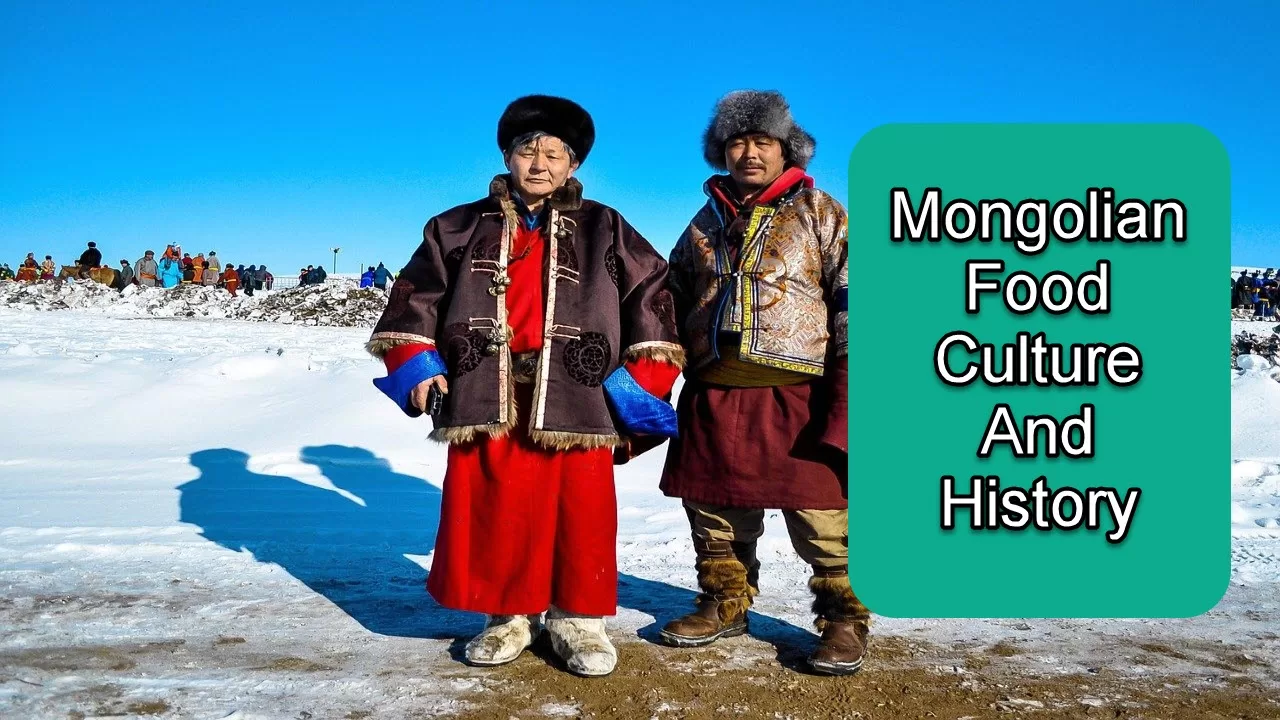Have you ever eaten Mongolian food? Meat, dairy products, and animal fat are all common ingredients in Mongolian cuisine. Mongolian people always include meat in their diet. Mutton, beef, camel, horse meat, and sheep are some of the meats available.
Milk tea, wild fruit juice, and homemade alcoholic beverages are also popular among Mongolians. For their breakfast and snacks throughout the day, dairy foods include as bread and butter. Locals always order pastry and fried bread for breakfast and lunch.
In this article, we’ll talk about the Mongolian food culture and history. If you are interested in traditional Mongolian dishes, scroll down and continue reading.
Mongolian Food Culture And History
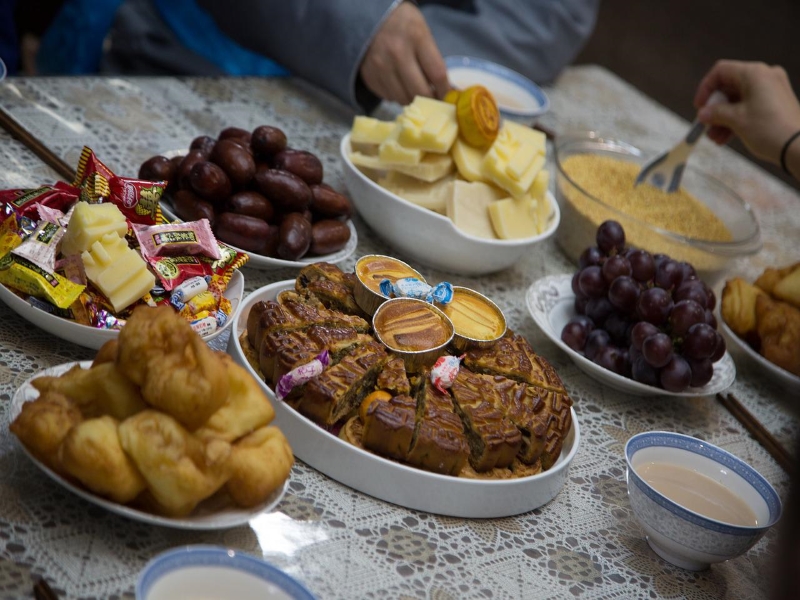
Mongolian Food History
Hu Sihui documented the historical cuisine of the Mongolian court in the Yinshan Zhengyao, which we know through the 1456 Ming Dynasty edition manuscript and fragments from the Yuan Dynasty. The Yinshan Zhengyao was presented to Tugh Temür in 1330, at the peak of Mongol power and cultural impact. It is a result of the Mongol Empire’s cultural interaction, particularly with the Islamic heartland in Mongol Iran. Culinary scholars compare the Yinshan Zhengyao evidence to the Columbian contact in terms of the Middle East’s cultural impact on Mongol food culture.

Mongolian Food Influences
Mongolian cuisine is influenced by food from Russia, China, and other Central Asian countries, as well as Mongolia’s nomadic customs. Boiled mutton, Tibetan-style dumplings, and tea made with sheep, cow, camel, or horse milk are staples of the Mongolian diet. The cuisine is generally thick and fatty. Mongolians are not worried about cholesterol. Vegetables and fruits in Mongolia are scarce, that is why they always eat meat dishes.
Nomadic Influences
Little has been recorded about ancient Mongol cuisine, other that it is believed to be related to the Steppe’s general pastoral nomadic foodways. Hunting and gathering were used to complement the basics of the pastoral nomadic diet (mainly milk and livestock), especially as supplies of dried curd and cheese were low in the late winter months. Sheeps were the most significant livestock, producing milk for dairy products, some fermented foods, and meat. Horses were valued for their robust, nutritious meat and blood, and could give milk for the famous kumys. Reindeers and sarlag, a kind of yak, were less prominent herd animals.
Consuming large quantities of alcoholic beverages was a common activity among the elite, with fermented mare’s milk being the most favored tipple of everyone from Great Khans to humble shepherds across the Eurasian steppe.
When it came to hunting, Mongolian people focused on the wild animals of the steppe. In the Yinshan Zhengyao, the marmot is mentioned. Although a few evidence of agricultural activity can be found in 12th century Western Mongolia, grain was typically in short supply and was largely traded for or pillaged. The significance of vegetables, fungus, fruits, and berries is uncertain, but it is thought to be substantial. The mother of Genghis Khan, Hoelun, was forced to feed her children from the pastures, after the Tatars posioned her husband, according to the Secret History.
Chinese Influences
The Yinshan Zhengyao contains recipes from north China with a Central Asian flavor. Dishes featuring lamb, gourmet breads, and fried dumplings are more common in northern Chinese cuisine, whereas fish, rice, pork, and vegetables are more common in southern Chinese food.
Muslim Influences
Yinshan Zhengyao has certain recipes that are comparable to those obtained in medieval Arabic cookbooks. Theorists have concluded that the cookbook may have spread from West to East. The Arab texts are the the first of the extant cookbooks, and the resemblance of Yinshan Zhengyao, as well as the timing of its compilation after the Mongol conquests, may support a West to East diffusion or direct influence on the Yinshan Zhengyao content, but there is no way to rule out an independent Chinese origin. Lactic acid fermentation was utilized to preserve dairy products such as kashk or dried yogurt in Iran and qimaq or dried yogurt in the Yinshan Zhengyao.

Overview Of Mongolian Foods
Meat
The Mongol people preferred to keep their animals alive rather than consume them as nomadic herders of sheep, goats, horses, Bactrian camels, and, at higher elevations, yaks. This is their traditional diet. Then a continuous supply of milk (which is used for for butter, cheese, yoghurt, and beverages) wool (which is for felt and fleeces for clothing and tents), and dung (which is excellent for fuel) could be obtained. Though oxen were rarely herded in large numbers, they were valuable for pulling carts. However, meat dishes were provided on important occasions and feasts. Horse meat was favoured, but mutton or lamb was frequently the cheaper option.
Boiled meat was generally preferred than roasted. Travelers and wandering Mongol troops found dried meat or si’usun to be particularly valuable. Nothing was wasted in the hard steppe climate, and even the marrow of animal bones was consumed, with the remains cooked in a stew with curd or millet.
Any herd animal that had died naturally or was too old to keep up with the herd would have been a wonderful addition to the daily Mongol diet. To save money, the Mongols would usually cut open an animal’s chest and squeeze the heart or cut an artery. No blood was spilled, and the meat could be utilized to create sausages. Any animals caught as a result of hunting, including as deer, antelopes, wild boars, marmots, wolves, foxes, and numerous wild birds, were also used as nutritional supplements. Freshwater fish was occasionally consumed when available, but it does not appear to have appealed to the majority of nomads.
Dairy Products
The Mongol diet included a lot of dairy products. Instead of salting, butter was prepared and stored in leather pouches, with the boiling process providing a longer shelf life. Fresh yoghurt was a popular food, and cream was used in a lot of dishes. Qurut, or dried milk curds, was another basic ingredient. Mongolian cheese was frequently dried and cured by putting it on top of a yurt (ger) tent and exposing it to the elements, such as sun and wind. Qurut was another useful sustenance for travelers and soldiers, usually fermented or boiled in milk.
Vegetables, Bread, And Herbs
Mongolians have usually avoided bread, vegetables, and fruit, although the majority now eat these foods. For health purposes, some Mongols still refuse to consume vegetables. Bread and pastries came from the Russian influence and incorporated into their Mongolian cooking recipes, such as milk and flour grilled with sour cream, and steamed meat pies created with sweet dough.
The Mongols gathered important dietary supplements such as wild vegetables, roots, tubers, mushrooms, cereals, berries, and other fruit that they found in nature or through barter. Bread, noodles, and grain-based dishes, as well as unusual spices, were added to the diet as the Mongol empire grew. Many herbs were gathered and utilized to treat ailments, sicknesses, and injuries.
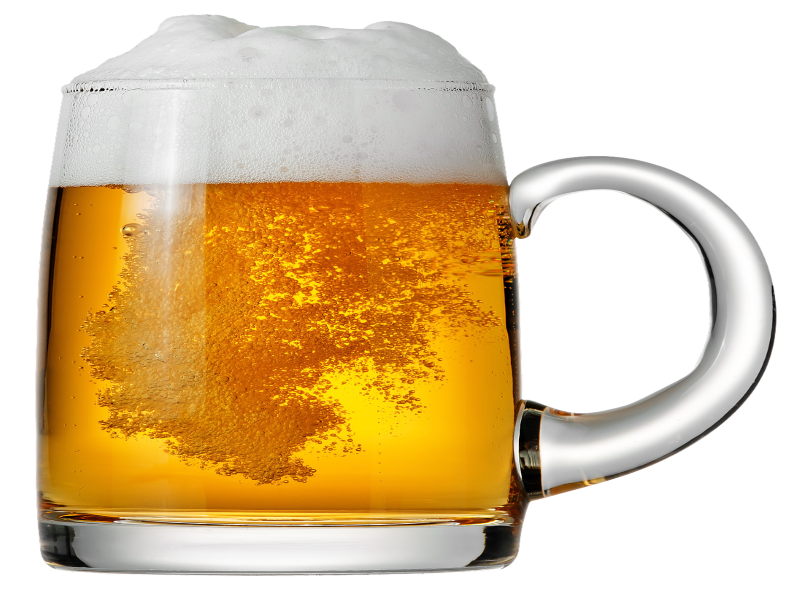
Mongolian Beverages
Drinking was a significant aspect of Mongol culture, especially enormous amounts of alcohol, and any important festival or special occasions included rituals in which all attendees, both men and women, were expected to drink to the beat of a drum or handclaps. Kumis, a Mongol drink prepared from fermented mare’s milk, was one of the most popular, however the milk of sheep, camel, oxen, and yaks can also be used. The drink was created by churning milk in big leather bags with a wooden paddle, which took several hours. It was an alcoholic summer drink known to the Mongols as airagh, and because a season’s supply needed up to 60 horses, being able to consume it frequently was also a status symbol. The alcoholic content of the slightly bubbly drink may be enhanced through various levels of distillation, the most difficult of which eliminated all solids and leaving a clear drink known as qara kumis or ‘black kumis.’
Lactase deficiency prevented the Mongols from consuming fresh milk. When water was scarce, horse blood was consumed, taking it from the animal’s neck without killing it. Tea was only widely used by the Mongols from the 14th century CE onwards, in the manner of concentrated black tea bricks boiled in milk. Barley, which is fried and malted, is a popular cereal. The resulting flour, arvain guril, is consumed as a porridge with milk fat and sugar, or blended in milky tea. Salted milk tea or süütei tsai is a popular drink that can be transformed into a hearty soup by adding rice, pork, or bansh.
To separate the cream (öröm, clotted cream), milk is boiled. The remaining skimmed milk is made into byaslag (cheese), aaruul (dried curds), yogurt, kefir, and a light milk liquor (shimiin arkhi).
Mongolian Eating Routine
Goat meat and sheep meat are the most popular meats. Lamb is grilled or cooked in smaller chunks or barbecued whole. Camel used to be more popular, but due to a scarcity of them, certain places have banned their consumption. Mongolians roast, broil, smoke, and dry all types of meat, and they enjoy eating it. These are the typical Mongolian meat dishes.
Normally served at all meals are soup, mutton, and dumplings. A meal is considered incomplete without these three. Mongolians eat a small meal during breakfast at around 7:30 to 8:30 in the morning. Their lunch is normally served between 1:00 and 2:00 p.m., which includes mutton, noodle soup, or dumplings. Sunday meals are typically larger and include a variety of dishes. Dinner is normally served between 6:30 and 8:00 in the evening, and it usually consists of a mutton dish.
Borscht, rice, and a slice of overdone beef or stuffed peppers, boiled potatoes, a hard slab of meat, sweet buns, zucchini, and tea are the usual train meals. In a ger camp, a typical supper consists of noodle soup, cabbage salad, beef stew, biscuits, rice, and beer. Corn salad, noodle soup, steak and rice, and orange dessert are among the picnic foods available on the steppe. Fresh milk and yoghurt are frequently acquired from local herds.
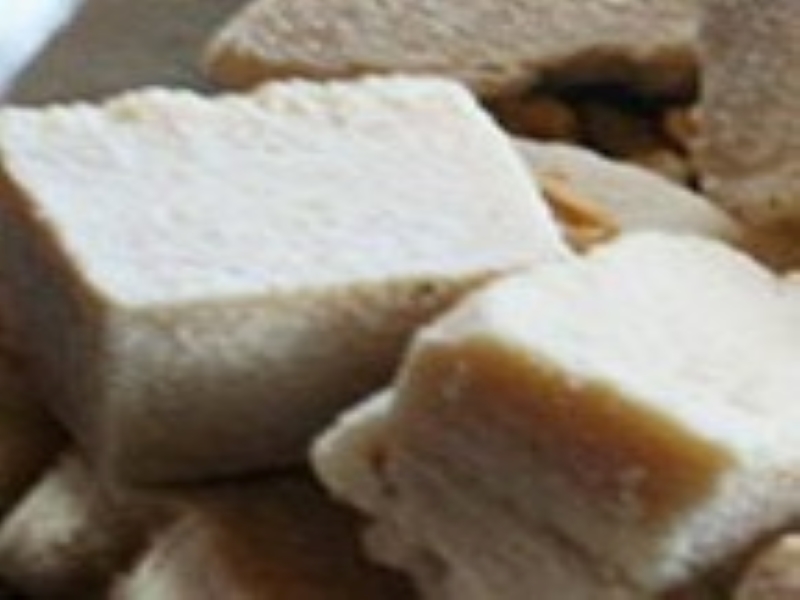
Mongolian White Foods
Milky food is known as Chagan Yide in Mongol and white food in Chinese. It’s generally produced with pure horse milk, cow milk, sheep milk, or camel milk. It comes in a wide variety, and Mongolians see it as both delicious and nutritious, claiming that it contains many different food properties. Mongolian milky food and the methods of preparation vary from place to region, but typically consist of milk skin, cream, cheese, and milky bean curd. It is offered at feasts to guests and made as a religious offering.
Pure milk is used to make Wu Rimo, or Milk Skin. Mongolians and many Chinese think that milk skin is not only nutritious, but also has medicinal properties.
Mongolians and Tibetans think butter is the core of milk since it contains a number of well-known components that can help you relax and achieve sense of peace. They also believe that butter can also moisturize the lungs, calm muscles and joints, brighten your eyes, and lengthen your life. Cream and butter come in a variety of forms and are known by many different names. It’s usually made from fresh milk maintained in a bucket, saucepan, or other container. White butter is used to make yellow butter. To prepare, white butter, whether fresh or sour, is cooked in a pot until the yellow butter-oil is melted. The white butter cream is separated from this. Cow, sheep, goat, and camel milk can be used to make both white and yellow butter. It’s worth noting that Mongolians frequently bring a bowl of yellow butter with them while embarking on a lengthy trip. It is served with pan-fried millet and pancakes there or at home.
Cheese can be eaten on its own or combined with other foods. Mongolians claim that is palatable and delightful, and that it can also aid to ease summer heat and refresh oneself. Mongolian cheese is comparable to yoghourt.
Tofu made from milk is known as milky tofu. Milky tofu can taste sweet or sour depending on the manufacturing process, if sugar is added, then it is sweet, and sour if no sugar is used. Tofu that has been dried can be kept for a long period of time. It can be stir-fried with rice, made into milk tea, or eaten as a solid snack while out in the pastures or on a long road trip.
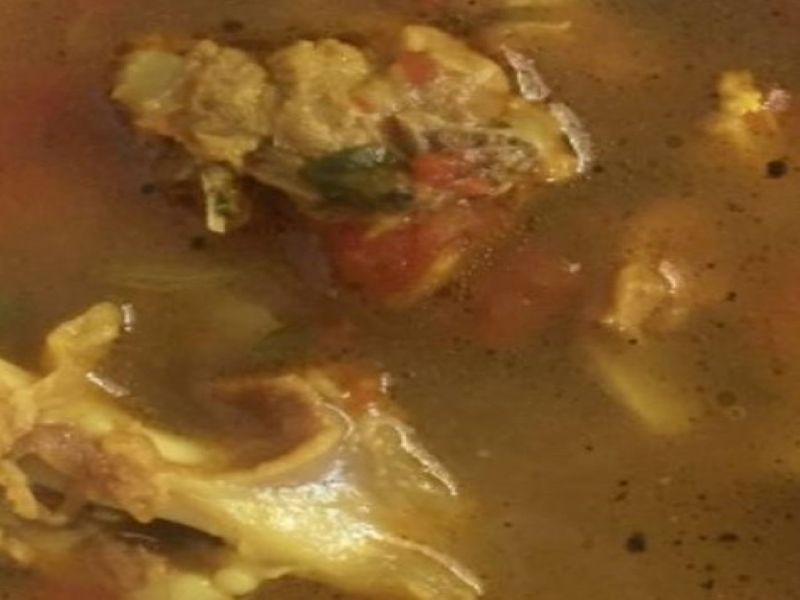
Traditional Mongolian Dishes
Mongolians have long relied on high-protein, high-mineral meals, rather than more seasonable foods like vegetables and fruits. This entails a diet high in meat and dairy products, with the latter being supposed to cleanse the stomach when sour in the summer. But it’s not just about meat. Mongolians also consume grain, barley, and natural fruits and vegetables endemic to Mongolia.
Mutton soup, roast mutton, mutton stew, mutton noodle soup, deep-fried mutton, mutton pancake, mutton with rice, buuz or steamed mutton dumplings, bansh smaller dumplings sometimes served in soup, khuurshuur deep fried dough stuffed with muttons, borts or dried meat, borts soup, bortso or small wheat pastries , and boiled beef are examples of the typical Mongolian dishes.
Horhog is a significant dish of Mongolian feasts and a national delicacy. It’s a goat filled with hot rocks that cook it from within, also known as a Mongolian stone roast BBQ. It’s frequently served with doughy dumplings and toast. When it comes to beef, the fattiest cuts are the most preferred. Soups are more like stews and can be quite satisfying. Nomads on the steppe frequently consume entire goat or marmot carcasses cooked using hot rocks inserted into the carcass and heated with a blow torch from the outside.
Mongolian hot pot, which comprises of meat, noodles, and a variety of vegetables cooked in a hot pot, is more closely related with China and Inner Mongolia. Mongolian barbecues, which are popular on the west coast of the United States and comprise of poultry, meat, and veggies selected by the customer and barbecued on a large grill, are not available in Mongolia. In Mongolia, shish kebab is known as Mongolian barbecue.
Milk products from sheep, goats, cows, horses, and camels is accessible in a variety of forms. Urum is a thick dry clotted cream eaten with moist creamy curd. Ural are hard yellow cheeses made from camel, cow, sheep, or goat milk. Tarrag is a type of yoghurt. Mongolians eat cooked mutton, dried meat, and fat in the winter.
Russian chocolate, that is dark and slightly bitter, is common in snacks and street food.
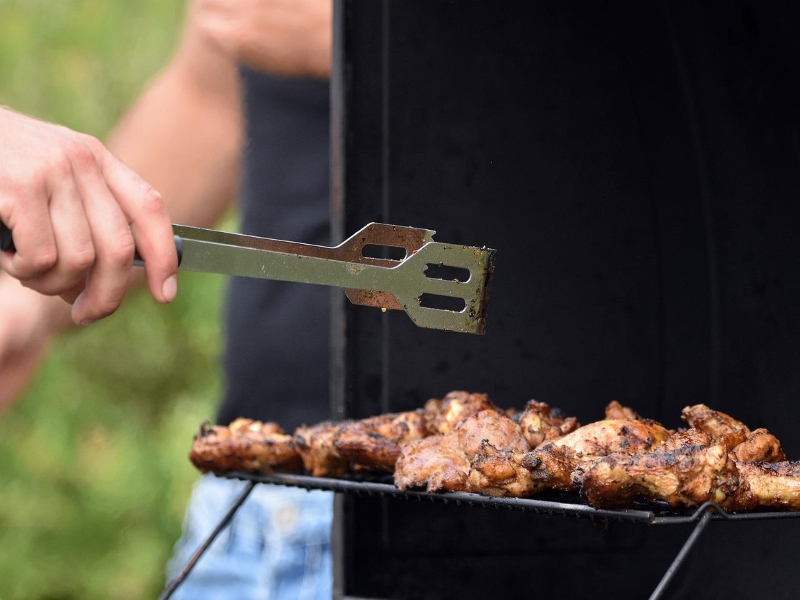
Significance Of Meat Dishes In Mongolia
Mongolians are accustomed to eating meat on a daily basis. They often get cranky after a few days without meat. They love and enjoy eating meat, particularly mutton. Horse meat was occasionally consumed, but only at religious rites and festivals. A goat or a lamb may be roasted whole or in parts, such as a leg of lamb, as a steppe people do.
Mongolians traditionally eat stewed meat, and eating it with their hands.
Unique Nomad Dishes
The heart, lungs, stomach, liver, and intestines of the animals they butcher are cooked and consumed by nomads. Parts of pure fat are frequently their preferred food. Special occasions are commemorated with a feast that includes a sheep slain by slicing its stomach and reaching inside elbow-deep, squeezing the artery that connects the heart and the brain. Nomads have long eaten the guts of newly butchered animals and drank their blood. Visitors or guests are given the head and eyeballs as an unique treat. A cooked sheep bladder filled with blood and knotted at the ends is considered a genuine delicacy.
A Mongolian group, Buryats consume various kinds of meat, but prefer mutton in the summer and beef in the winter. Meat is frequently cooked in water that has been gently salted. The bouillon is used to flavor noodle or millet dishes. Sheep are boiled in salt water over a cow dung-fueled stove in the steppe. Large chunks of sheep fat are broken off and popped into the Mongols’ mouths. Mutton liver is considered a delicacy when wrapped in stomach lining. Many animals are butchered in the late autumn and the meat is preserved for winter consumption.

